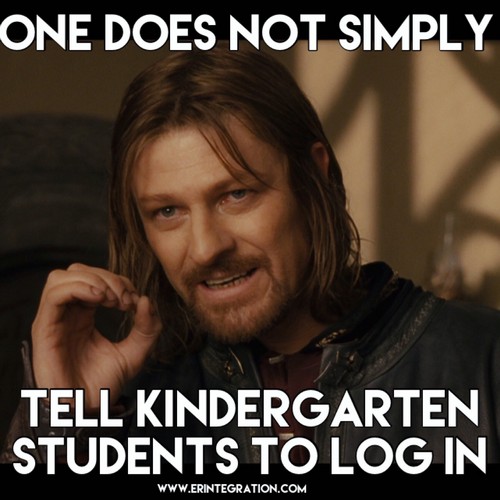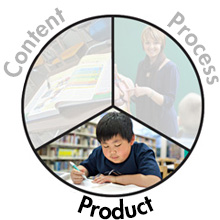Every Station, Every Day
Some teachers adopt wonderful models like READ or MATH, which involve students completing the same stations within a class period (i.e. manipulative station, application station, technology station, etc.) However, many teachers also feel pressed for time or pressured to see every student group every day. In a recent blog post, blended learning expert Catlin Tucker shared:
A teacher recently asked me whether students always need to attend every station in a rotation. The short answer is “no.”
As many practitioners know and practice, station rotations can be spread out over the course of a week, but Dr. Tucker's answer goes beyond this to clarify that station rotations can be designed to allow for students to omit stations or even select stations based on preference.
By contrast, the must-do versus may-do variation of a station rotation requires that teachers use data to identify student needs and design a rotation in which specific students are required to attend one or two “must-do” stations. In addition to these “must-do” stations, students can select a certain number of “may-do” stations to spend time at based on their preferences and interests.In this way, students who are ready to move ahead or may be ready for an extension can do so, while students who need more time with the teacher might be assigned to more than one station involving the "teacher table." This can work best with a document to help facilitate a virtual station rotation, allowing students to select from a menu of activities at their 3rd or 4th station. This can involve individual student contracts or playlists...which leads to another tip!
Noise
One concern many teachers have is that a station rotation will be noisy and chaotic, especially if the teacher is scheduled to be at a teacher table. However, a teacher does not HAVE to be at a teacher table at all! A teacher can plan to circulate, especially if direct instruction is delivered in the form of a video. In this station rotation model, the stations can vary based on where in the unit the class is, and the decisions about which stations the teacher will be at are flexible as well, with the teacher at the station for feedback or reteaching depending on the task and the needs of each group of students. 
Dr. Tucker also suggests that in addition to explicitly teaching the expectations for each station (i.e. looks like, sounds like), that teachers have anchor charts or other visual aids to reinforce expectations. For example, many teachers who project their computer screen (since the computer has a microphone) are able to use this noise monitor feature of ClassroomScreen, as well as visuals projected on the screen, to cue students to expectations.
Preparing for station rotations can take a little time up front; it's best practice to start small and really devote time to model expectations, and once students are clear about the expectations, this model can actual DECREASE the chaos and noise. Predictability is powerful!
Accountability
At the end of the class, students turn in their checklists as a sort of ticket out of the room, and they get the tangible benefit of seeing all of their tasks checked off!











